The forerunners of hotels existed in Ancient Greece and the Roman Empire. In the Middle Ages, however, travelers had to deal with miserable accommodations. And it was not until the 19th century that grand hotels began to appear. In this article, we would like to reflect on the history of hotels and, in particular, on how to find a sustainable path after the boom in the travel market, following mass tourism and “bed strongholds”. We also asked our sustainable Green PearlsⓇ partner hotels about it, and learned many interesting things.
Monastery beginnings
In the European Middle Ages, most travelers were pilgrims. Back then, spending the night in a monastery was considered extremely comfortable. In the inns and hostels of Northern Europe, the only bedding was straw, which was often full of vermin. Up to ten strangers had to share a room. You can imagine how hygienic it was.
About 20 years ago, I was invited by the Catholic News Agency (kna) to spend the night in a monastery in Augsburg, Germay. It was a real luxury compared to the straw camp: a single bed, a wardrobe, a desk, a crucifix. But the toilet was in the corridor and there was no heating. Certainly not what we think of as luxury today.
The Hotel Klosterbräu in Seefeld also has its origins in a monastery. The Habsburg Emperor Maximilian I discovered the place “Sevelt” in the Tyrolean Alps while hunting. There he founded a monastery with a hostel for pilgrims in 1516. From then on, pilgrims and travelers were accommodated by the Augustinian monks for more than 200 years.
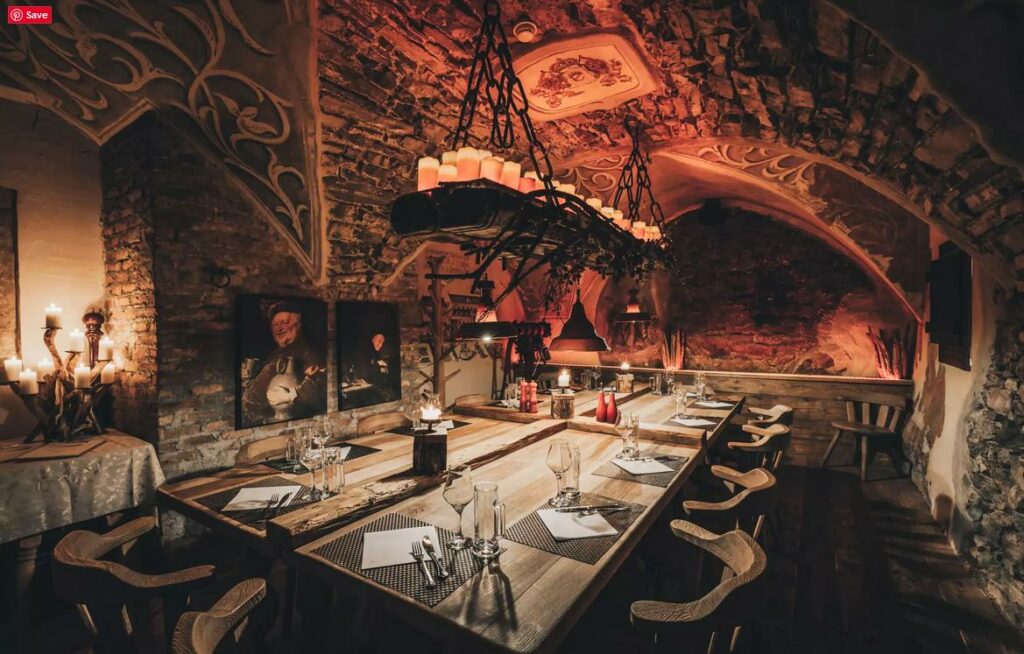
The former monastery hostel has likewise been owned by the Seyrling family for over 200 years. They are the 6th generation of the family to run the hotel and have transformed it into a luxurious wellness oasis over the years.
FUN FACT:
The word “hotel” comes from French and was the name given to the country castles of the French nobility in the time of Louis XIV. Eventually, a former employee built his own chateau and rented it out to the wealthy bourgeoisie so they could imitate the nobility.
Health retreats are the forerunners of grand hotels
After falling into oblivion, the Roman bathing culture resurfaced in the late Middle Ages and early modern era. In the 19th century, middle-class families traveled to the countryside for a few weeks of spa treatment. This led to the development of spa hotels, which became increasingly grand in architecture and are considered the forerunners of grand hotels. Famous grand hotels include the Waldorf-Astoria in New York, the Ritz in Paris, and the Adlon in Berlin.
In Germany, you can recognize many of these old bathing places (now cities) by the fact that they have “Bad” in their name. Bad Herrenalb in the Black Forest, for example, is still known today as a spa town with healing waters and thermal springs. It’s also where the SCHWARZWALD PANORAMA Wellness and Health Hotel is located. In this photo gallery, you can see how the hotel has changed over the years:
Hotel room BACK THEN
Private showers, hot water and a TV in the hotel
The Grand Hotel Ritz London, which opened in 1906, was one of the first hotels in Europe to offer private bathrooms in suites (i.e., only the best rooms in the hotel). It would take another 60 years before “ordinary” travelers could enjoy such luxury. According to the Hotel Weihrerhof in South Tyrol, they were among the first to have rooms with private showers on the Ritten in South Tyrol in 1967.
On the German side of the Alps in the Allgäu region, the Thurm family offered a similar sensation at the Hotel Das Rübezahl. Back in the 1960s, the rooms had hot water. In addition to warm water, showers and modern toilets, there were – wait for it – televisions! “It was a sensation at the time,” says the family. What used to be placed as prominently as possible is now increasingly disappearing from the direct view of guests. At Hotel Das Rübezahl, the family is planning to position the TVs “less visibly” in the future. Although a TV is still part of the expected standard, it has lost its focal point.
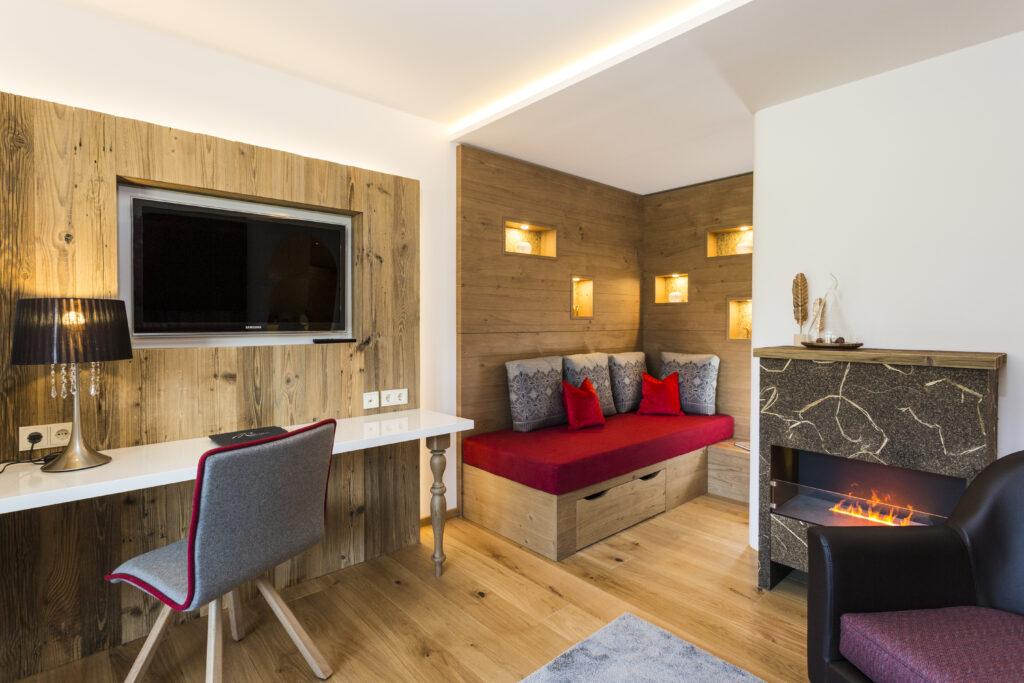
Tip: Read this blog post to find out what televisions mean for a hotel’s star rating and why some sustainable hotels are already eliminating them altogether.
Hotels and guests through the ages
Meat consumption is lower
“The cuisine has changed from heavily meat-based to vegetarian/vegan. There used to be very few guests who chose a vegetarian main course. Today, up to 30 percent of guests choose a complete vegetarian menu. – HUBERTUS Mountain Refugio Allgäu
Many of our partners report a change in demand for food. “More and more vegan, healthier, seasonal, regional” is how the ADLER Spa Resorts & Lodges describe the culinary trend. Both the ADLER Lodge RITTEN in South Tyrol and the ADLER Spa Resort SICILIA have planted fruit trees, vegetable patches and herb gardens on the hotel grounds especially for the hotel kitchens.
There are many sustainable reasons for people to consciously reduce (or even eliminate) meat from their diets. Livestock production is responsible for about 15 percent of all man-made greenhouse gases.
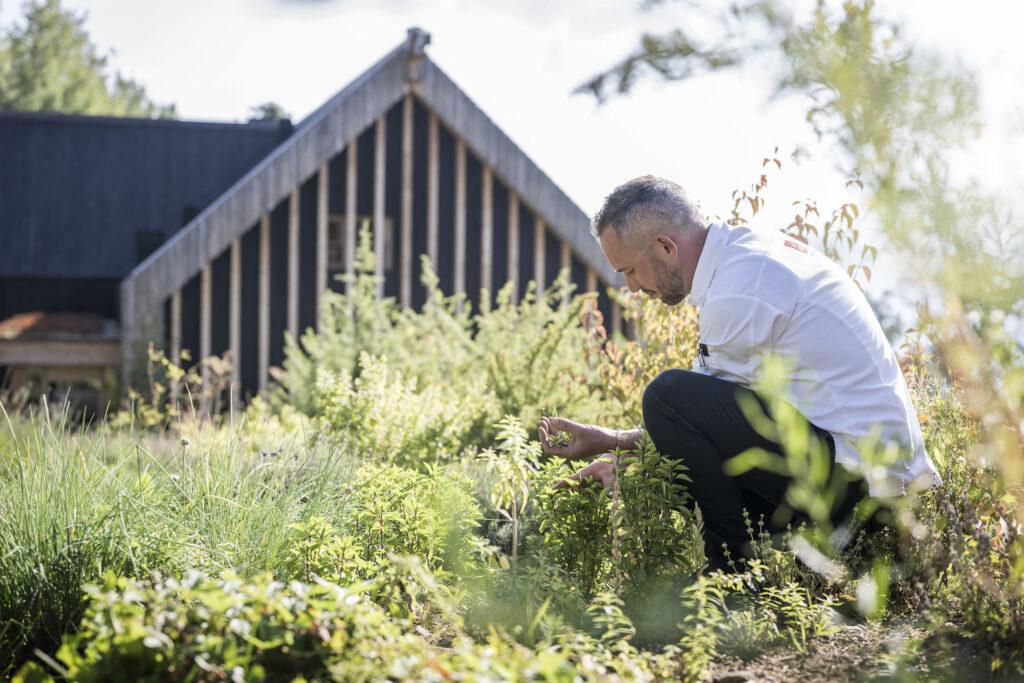
But it’s not just meat, notes Biohotel Bella Vista Zermatt. “We used to have more exotic fruits on the breakfast buffet, no organic products, more packaging, products with palm oil, no regional products. Today, we question every single product on the buffet,” says the Swiss hotel.
Salmon and shrimps from Switzerland
It is interesting that there are always new alternatives for a more sustainable diet. The Zermatt Biohotel has recently added salmon from Switzerland to its menu. Only the salmon eggs are imported from Iceland.
The Waldhotel Fletschhorn in Santa-Fee serves prawns farmed in Switzerland and fish caught in its own pond. Here, too, the cuisine has become more local over the years – or has returned to it. The Waldhotel Fletschhorn has a history dating back to 1906. Back then, the mountain inn catered to hikers and ski tourers. Almost a hundred years later, in 1994, the then owner Irma Dütsch became the first Swiss woman to receive a Michelin star. Today, the kitchen of the Fletschhorn Restaurant is run by Ukrainian chef Zhanna Blashchenko.
Hotels now and then – Guest expectations have changed
Green PearlsⓇ partners report that many of the changes, especially on the menu, are thanks to guests who ask for, demand, support and appreciate the hotels’ green initiatives. For example, more and more hotels are offering to waive daily room cleaning or to bring their own slippers. On the one hand, more and more travelers are asking for this, on the other hand, the changes implemented are very well received.
Wellness instead of dancing
In addition to the new environmental awareness, travelers are also looking for more peace and relaxation. “Back then, people danced,” says Cäcilia “Cilli” Pichler of the aforementioned Hotel Weihrerhof. Back then, the focus was on socializing. Today, other values come first:
“Having time, space, being able to be yourself. This is the new luxury.“” – Hotel Weihrerhof
The Hotel Luise in Erlangen had a similar history. Opened in 1956 by Heinz Förtsch and his wife Margarethe, it was a great place to dance after dinner. In memory of Heinz Förtsch, the hotel’s current conference and event facilities are called “Heinzigartig”. Today, guests like to book the roof terrace for events, which the younger Förtsch generation has transformed from a “normal hotel roof” into a green oasis in the city.
FUN FACT:
The oldest continuously operating hotel in the world is located in Japan. According to the Guinness Book of World Records, the Nishiyama Onsen Keiunkan Hotel opened in 705 A.D. and has been welcoming guests for nearly 1319 years. The highlight is the local hot springs near Mount Fuji.
How to rotate a pool 90 degrees?
“In 2019, there was a big change in our pool,” reports the OCÉANO Health Spa Hotel on the resort island of Tenerife, when asked about its evolution. “The former horizontally oriented pool with outdated technology was replaced by a completely new construction with modern and energy-saving technology – this time rotated by 90° and oriented towards the sea, so that our guests can always enjoy the view of the Atlantic Ocean, even while swimming.” The special feature: The old palm trees were completely preserved during the renovation, and one palm tree (the tallest palm tree in the center/right of the old picture) was carefully replanted. It still stands today 🙂
Hotels then and now – Everything used to be ….
… different. As you can see, the world is constantly changing and so is the way we travel. As more and more people can afford to discover the whole wide world, exchange between cultures has certainly increased. But it has also brought new problems, most notably overtourism. We believe that only sustainable tourism can be a solution to this problem. Therefore, we welcome the fact that many hotels are moving away from simply offering luxury or, at the opposite end of the spectrum, catering to as many people as possible as cheaply or profitably as they can. Instead, they are engaging with nature and the local community, and their guests to appreciate it.
Were you inspired by the article and want to support us? Then save the article on Pinterest!
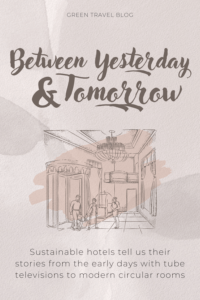

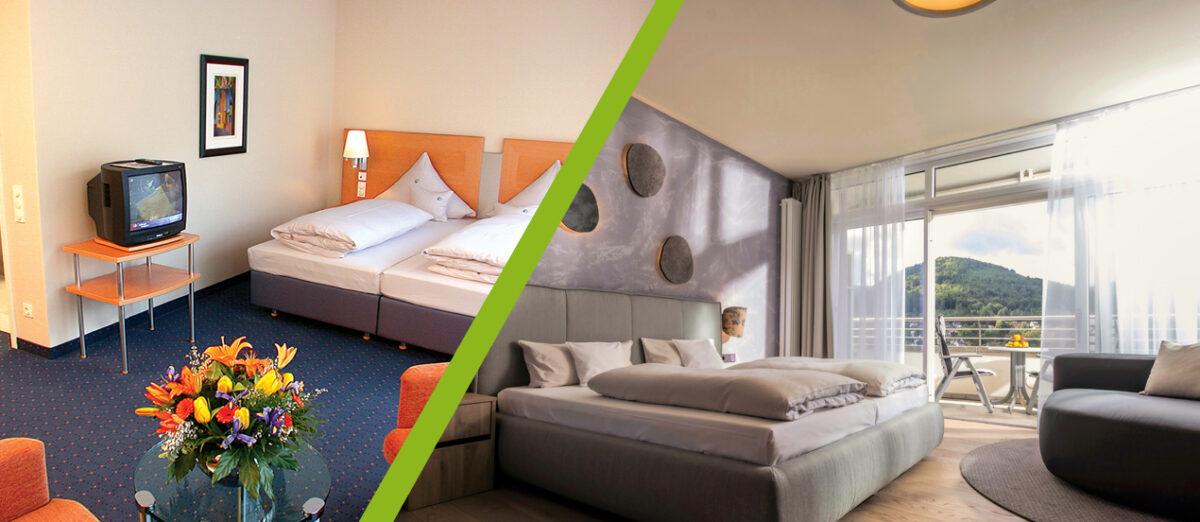
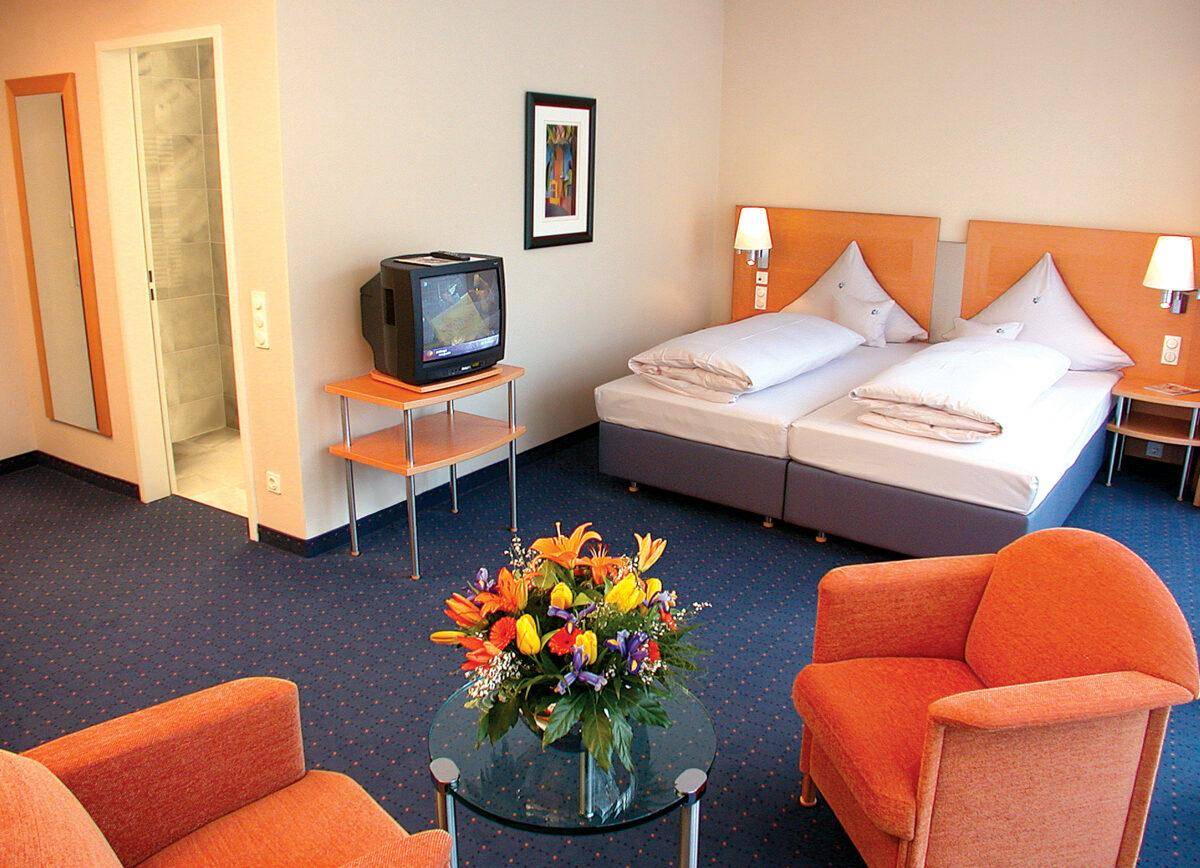
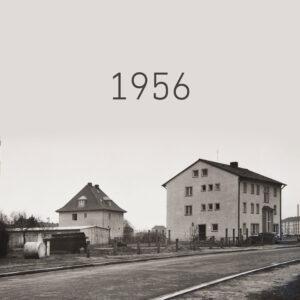

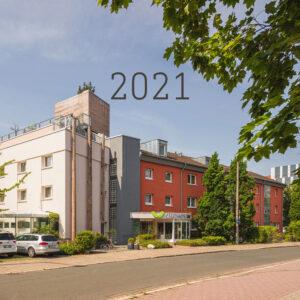
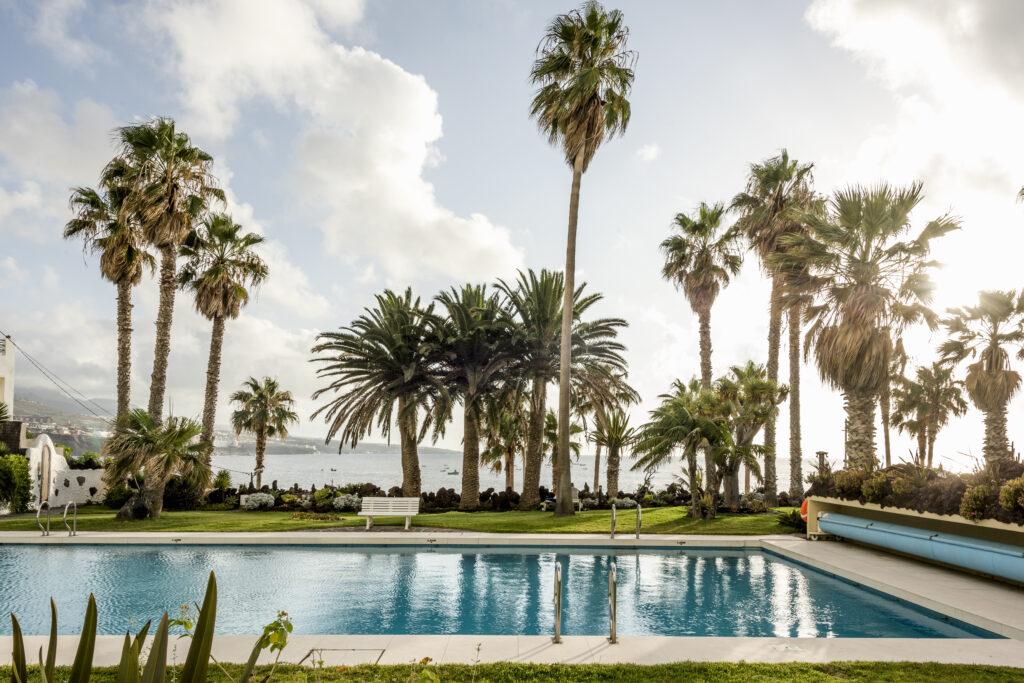
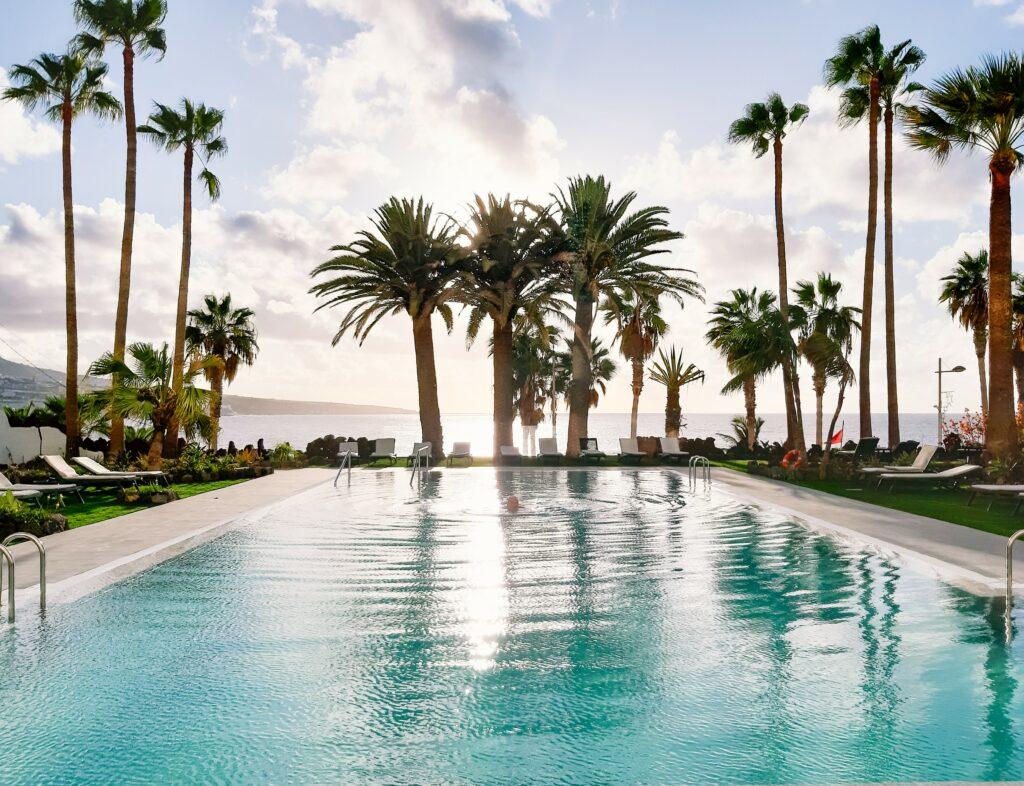




Fascinating journey through the history of hotels! From the humble beginnings of pilgrim hostels to today’s luxurious and sustainable hotel offerings, it’s amazing to see how far hospitality has come. The insights on the evolution of guest expectations, from private showers to sustainable dining, were especially interesting. It’s clear that the future of hotels will continue to blend comfort with sustainability.
This article offers a fascinating journey through the evolution of hotels, from humble pilgrim hostels to modern circulation rooms. The historical perspective is both informative and thought-provoking. A must-read for anyone interested in the development of hospitality through the ages.
This is a fascinating dive into the evolution of hospitality through the ages! The journey from pilgrims’ hostels to modern circulation rooms is both insightful and engaging. It’s incredible how history and travel intertwine so seamlessly in this blog.
What a fascinating journey through the evolution of hotels! The transition from pilgrims’ hostels to modern circulation rooms highlights how far the hospitality industry has come. Your detailed exploration offers a unique perspective on this rich history.
Thank you for your nice comment! Sustainable Regard, Laura